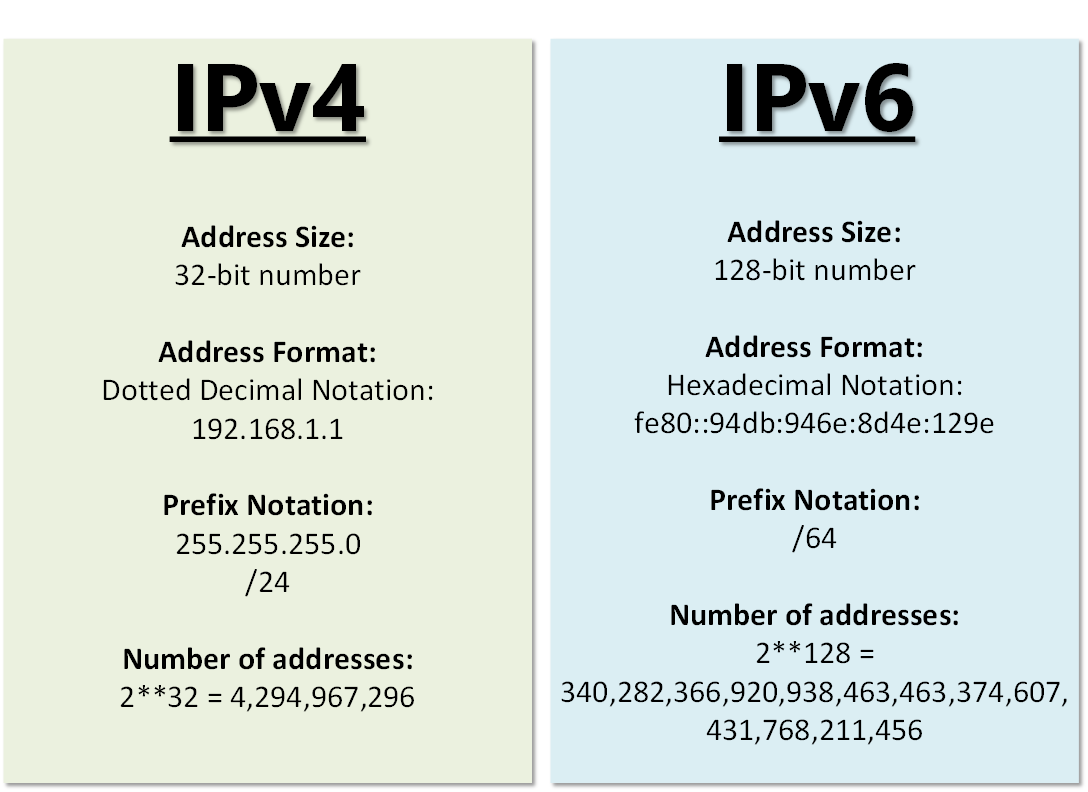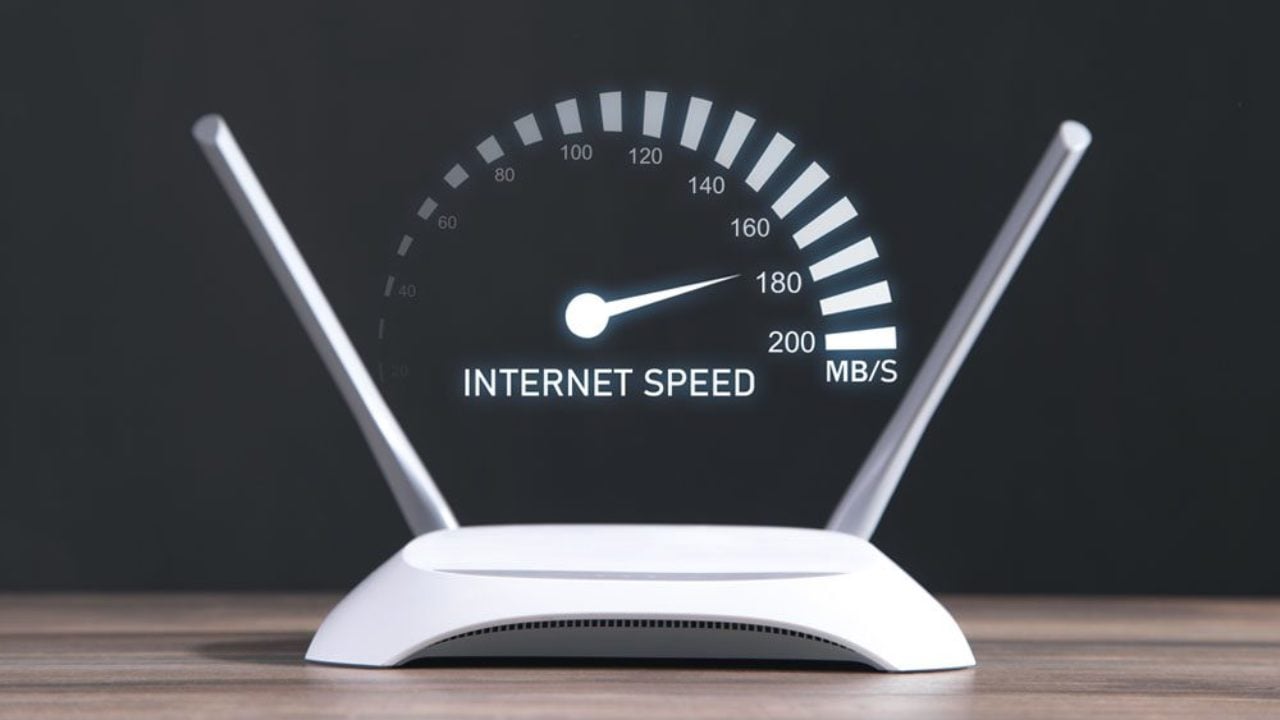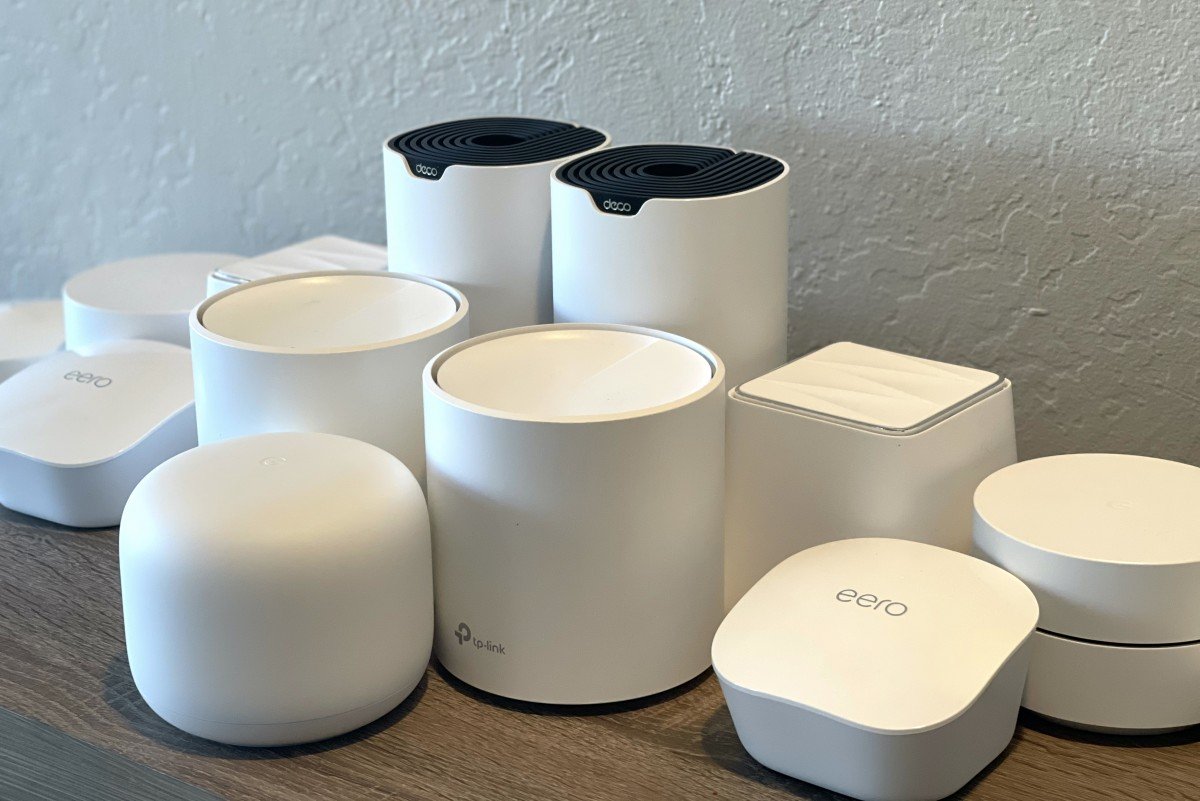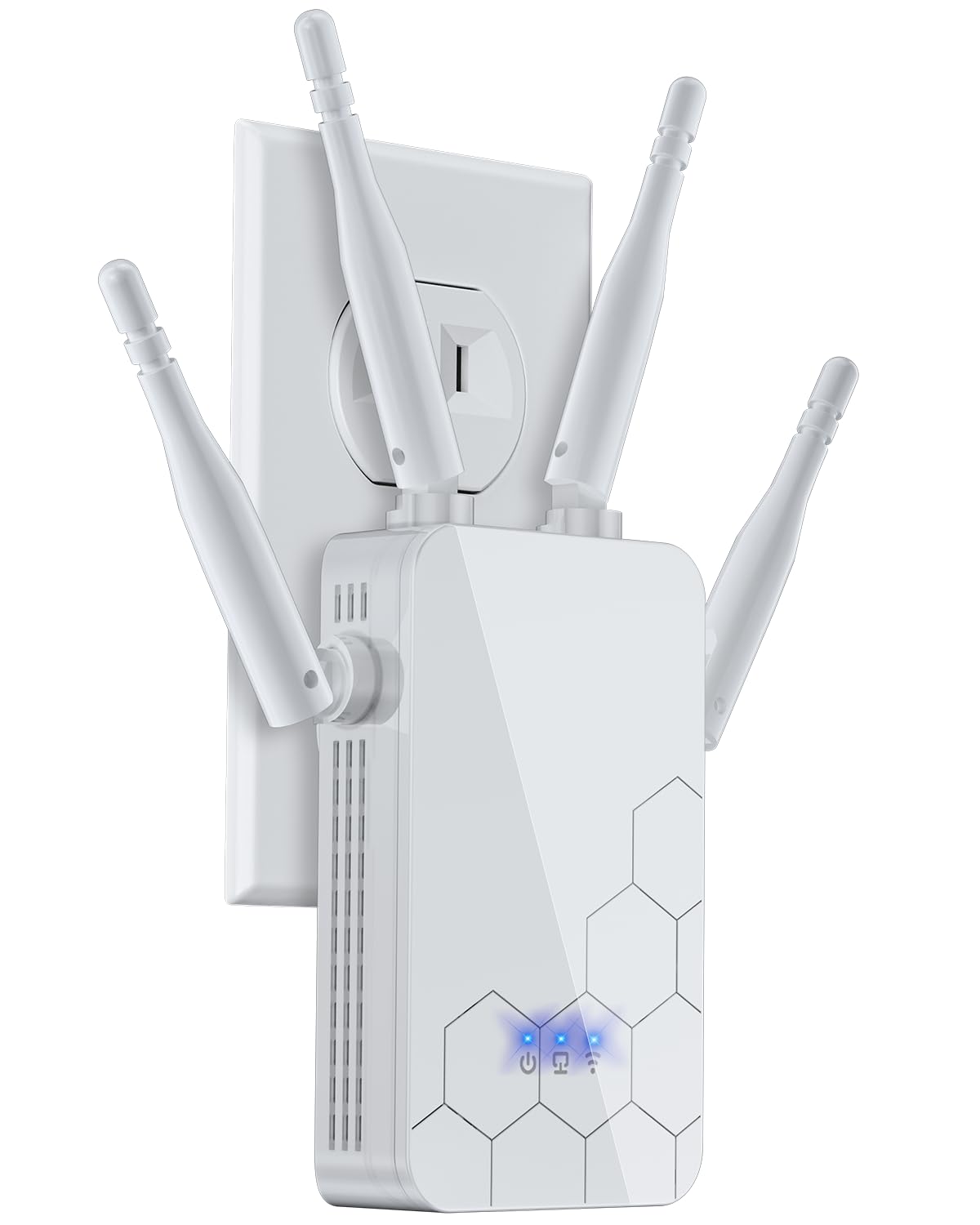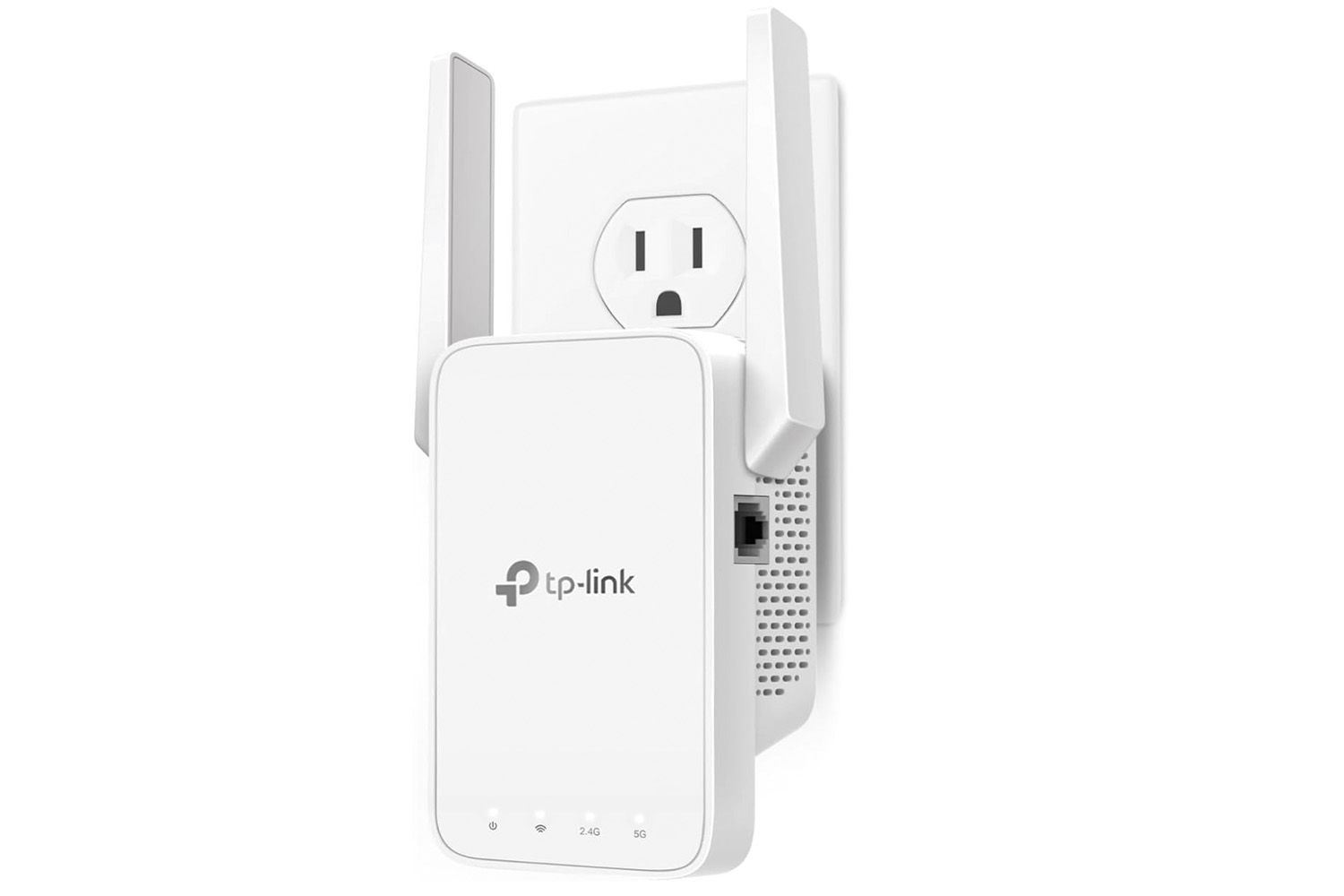Are you curious about the real differences between IPv6 and IPv4? If you’ve ever wondered why the internet is shifting to a new system or how it affects your devices and online experience, you’re in the right place.
Understanding these two protocols can help you grasp how data travels and why the change matters for your digital life. Keep reading to discover the key differences that impact speed, security, and connectivity—and why making sense of IPv6 vs IPv4 is essential for staying ahead in today’s connected world.
Ipv4 Basics
IPv4 is the fourth version of the Internet Protocol. It is used to identify devices on a network.
It assigns unique addresses to each device to enable communication over the internet.
Address Format
IPv4 addresses use 32 bits divided into four parts. Each part is called an octet.
Each octet is a number between 0 and 255. The address looks like four numbers separated by dots.
- Example: 192.168.1.1
- Each number is 8 bits
- Total length is 32 bits
Address Space Limitations
IPv4 has about 4.3 billion unique addresses. This number is not enough for all devices today.
Because of this limit, some devices share addresses using special techniques.
- Total addresses: 2^32 (about 4.3 billion)
- Not enough for growing number of devices
- Requires address sharing methods
Header Structure
IPv4 headers contain important information for data delivery. Headers have a fixed size of 20 bytes.
The header includes fields like source address, destination address, and time to live.
| Field | Description |
|---|---|
| Version | IP version number (4 for IPv4) |
| Header Length | Size of the header |
| Total Length | Size of entire packet |
| Source Address | Sender’s IP address |
| Destination Address | Receiver’s IP address |
| Time to Live (TTL) | Limits packet life on the network |

Credit: www.theknowledgeacademy.com
Ipv6 Basics
IPv6 is the newest version of the Internet Protocol. It replaces IPv4 to support more devices online. IPv6 solves the problem of running out of addresses.
IPv6 uses a different format and system to send data on the internet. It makes networks faster and easier to manage.
Address Format
IPv6 addresses are longer than IPv4 addresses. They use eight groups of four hexadecimal digits. Each group is separated by a colon.
IPv4 addresses use four decimal numbers separated by dots. This difference helps IPv6 hold more unique addresses.
- IPv6 example: 2001:0db8:85a3:0000:0000:8a2e:0370:7334
- IPv4 example: 192.168.1.1
Expanded Address Space
IPv6 has 128 bits for addresses. IPv4 only has 32 bits. This means IPv6 can create a huge number of addresses.
The bigger address space lets more devices connect to the internet. It also supports future growth for new technology.
- IPv4 can create about 4 billion addresses
- IPv6 can create about 340 undecillion addresses
Simplified Header
IPv6 uses a simpler header than IPv4. The header carries data to deliver packets between devices. Simpler headers make routing faster.
IPv6 removes some fields and changes others. This helps routers process data quickly and reduces network delays.
- Fixed header size of 40 bytes in IPv6
- Removed checksum field to reduce processing
- Streamlined options for faster handling
Addressing Differences
IPv4 and IPv6 are two types of Internet Protocol addresses. They help devices find each other on a network. The main difference is in how they assign and write addresses.
IPv4 uses shorter addresses with fewer options. IPv6 has longer addresses and more address types. This makes IPv6 better for modern networks.
Ipv4 Address Types
IPv4 addresses use 32 bits and have three main types. Each type serves a different purpose in networks.
- Unicast:Identifies a single device. Data goes to one specific address.
- Broadcast:Sends data to all devices in a network. It targets every device.
- Multicast:Sends data to a group of devices. Only those devices get the data.
Ipv6 Address Types
IPv6 addresses use 128 bits and include more types. These types improve network efficiency and security.
- Unicast:Sends data to one device, like IPv4 unicast.
- Multicast:Sends data to multiple devices. It replaces IPv4 broadcast.
- Anycast:Sends data to the nearest device in a group. This helps with load balancing.
Notation Styles
IPv4 uses a simple dotted decimal format. IPv6 uses a longer hexadecimal format with colons.
| Protocol | Address Format | Example |
|---|---|---|
| IPv4 | Four decimal numbers separated by dots | 192.168.1.1 |
| IPv6 | Eight groups of four hexadecimal digits separated by colons | 2001:0db8:85a3:0000:0000:8a2e:0370:7334 |
IPv6 allows shortening zeros for simpler writing. This is not possible in IPv4.
Security Features
IPv4 and IPv6 are two versions of Internet Protocol. They help devices communicate on the internet.
Security is a big part of these protocols. Let’s look at how IPv4 and IPv6 differ in security.
Ipv4 Security Challenges
IPv4 was not made with strong security in mind. It has many weaknesses that can be exploited.
Many IPv4 networks use extra tools to protect data. These tools add complexity and cost.
- IPv4 lacks built-in encryption for data packets.
- It does not verify the sender’s identity by default.
- Many attacks exploit IPv4 address spoofing.
- Network Address Translation (NAT) hides devices but complicates security.
- Security depends on added software like firewalls and VPNs.
Built-in Ipv6 Security
IPv6 was designed with security features built into the protocol. It aims to fix IPv4 weaknesses.
IPv6 includes mandatory support for IPsec. This helps protect data and verify sources.
- IPsec encrypts data to keep it safe from spying.
- It authenticates devices to reduce spoofing attacks.
- IPv6 eliminates the need for NAT, simplifying security management.
- Better support for secure mobile and peer-to-peer networks.
- Built-in features reduce reliance on extra security tools.
Performance And Efficiency
IPv6 and IPv4 are two versions of internet protocols. They control how devices send data online. Both handle data differently.
We will look at how they differ in performance and efficiency. This helps understand which works better for modern networks.
Routing Improvements
IPv6 has a simpler and more efficient routing system than IPv4. It reduces the size of routing tables on the internet.
This helps routers find the best path faster. It lowers delays and improves data delivery speed across networks.
- IPv6 supports hierarchical addressing for better routing
- IPv4 has more complex routing with larger tables
- IPv6 reduces the load on routers
Packet Processing
IPv6 packets are processed faster than IPv4 packets. The IPv6 header is simpler and easier to read.
IPv4 has extra steps for packet handling, which slows down traffic. IPv6 removes some of these steps to speed up data flow.
- IPv6 has a fixed header size for quick processing
- IPv4 headers vary and need extra checks
- IPv6 supports extension headers only when needed
Auto-configuration
IPv6 can configure itself automatically without a server. This feature is called Stateless Address Auto-configuration (SLAAC).
IPv4 mostly needs a DHCP server to assign addresses. This can slow down network setup and cause more traffic.
- IPv6 devices create addresses on their own
- IPv4 devices often wait for a DHCP response
- IPv6 reduces setup time and network traffic
Compatibility And Transition
IPv4 and IPv6 are two versions of internet protocols. They help devices talk to each other online. Moving from IPv4 to IPv6 is not simple. Both need to work together during this change.
Network systems use special methods to make IPv4 and IPv6 compatible. These methods help smooth the transition without breaking connections.
Dual Stack Approach
The dual stack approach lets devices use both IPv4 and IPv6 at the same time. Networks run both protocols side by side. This helps devices talk using either version.
This method gives networks a way to slowly move to IPv6. Devices pick the best protocol for each connection. It keeps the internet working smoothly.
Tunneling Techniques
Tunneling sends IPv6 data inside IPv4 packets. This lets IPv6 work over old IPv4 networks. It is like putting a letter inside another envelope.
Tunneling helps connect different networks during the switch. It keeps IPv6 devices linked even if parts of the network only use IPv4.
- 6to4 tunnels IPv6 packets over IPv4
- Teredo allows IPv6 through IPv4 NAT devices
- ISATAP connects IPv6 nodes inside IPv4 networks
Address Translation
Address translation changes IPv6 addresses to IPv4 and back. It helps devices that use different protocols talk to each other. This works like translating languages.
Translation is useful when dual stack or tunneling are not possible. It lets old IPv4 devices connect with new IPv6 systems.
- NAT64 translates IPv6 to IPv4 addresses
- DNS64 helps find IPv4 addresses for IPv6 devices
- Translation supports communication between protocols
Deployment And Adoption
IPv4 and IPv6 are two versions of internet protocols. They help devices talk to each other online. IPv4 is older and still widely used. IPv6 is newer and designed to fix IPv4 limits.
Deployment of IPv6 is slow but growing. Many places still rely on IPv4. Understanding adoption helps see internet growth trends.
Global Adoption Rates
IPv6 adoption varies across countries. Some have high use while others lag behind. Many networks use both IPv4 and IPv6 side by side.
Internet service providers and big companies lead IPv6 adoption. Regions with fast internet growth tend to adopt IPv6 quicker.
- North America and Europe show strong IPv6 usage.
- Asia has mixed adoption, with some countries leading.
- Africa and South America have lower IPv6 deployment.
- Many websites support both IPv4 and IPv6.
Challenges In Migration
Switching from IPv4 to IPv6 is not simple. Networks need new hardware and software updates. Some older devices do not support IPv6.
Training staff and updating systems cost time and money. Some companies wait to avoid these costs. Compatibility issues can cause internet problems.
- Older devices may fail to connect with IPv6.
- Network teams need training on IPv6 protocols.
- Software and apps must be updated for IPv6.
- Costs and time slow down full migration.
Future Outlook
IPv6 use will grow as internet needs increase. More devices need unique IP addresses. IPv4 addresses are running out worldwide.
New technologies and internet users push for IPv6. Over time, IPv6 may become the main protocol. IPv4 will still be used but less often.
- IPv6 offers more IP addresses for devices.
- Improved security features come with IPv6.
- Wider adoption will support future internet growth.
- Transition will continue until IPv6 dominates.

Credit: medium.com
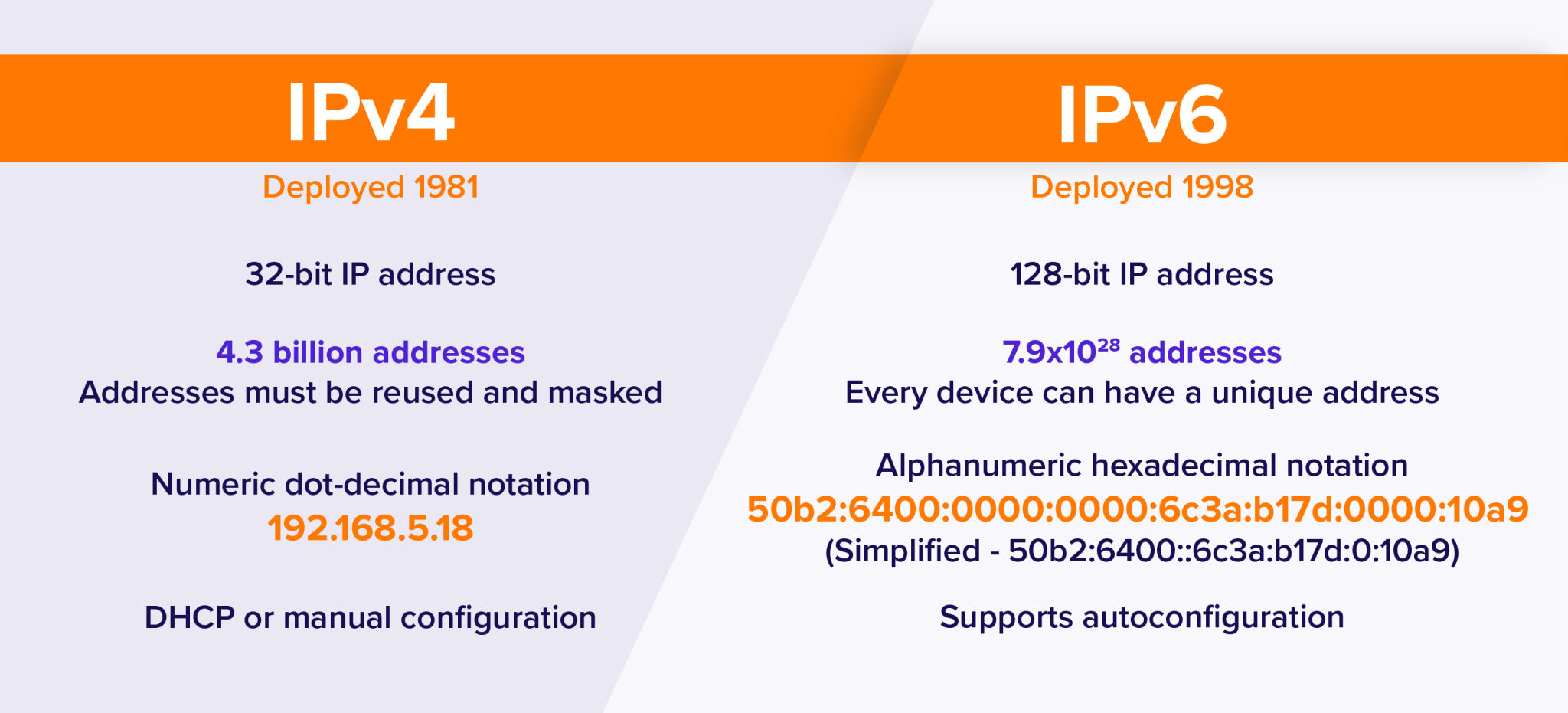
Credit: proxyempire.io
Frequently Asked Questions
What Are The Key Differences Between Ipv6 And Ipv4?
IPv6 provides a larger address space than IPv4, supporting more devices. IPv6 also offers improved security features and more efficient routing. Additionally, IPv6 eliminates the need for Network Address Translation (NAT), which is essential in IPv4 due to limited address availability.
Why Is Ipv6 Faster Than Ipv4?
IPv6 can be faster because it eliminates NAT, reducing processing time. It also allows for more direct routing paths. The simplified packet header structure in IPv6 also contributes to faster processing by routers.
How Does Ipv6 Improve Security Over Ipv4?
IPv6 has built-in IPsec support, offering end-to-end encryption. This native feature enhances data integrity and confidentiality. It also simplifies secure communications compared to IPv4, which requires additional configurations for similar security measures.
Is Ipv4 Still In Use Despite Ipv6?
Yes, IPv4 is still widely used due to compatibility and existing infrastructure. Many networks operate in a dual-stack mode, supporting both IPv4 and IPv6. This transition phase ensures seamless connectivity as the world gradually shifts to IPv6.
Conclusion
IPv6 and IPv4 serve the same purpose of connecting devices. IPv6 offers more addresses and better security features. IPv4 is still widely used but faces address limits. Transitioning to IPv6 will take time and effort. Knowing their key differences helps in understanding internet growth.
Both protocols play important roles in networking today. Choose the right one based on your needs. The internet will keep evolving with these technologies. Simple knowledge of IPv6 vs IPv4 makes tech easier.
19 min read

